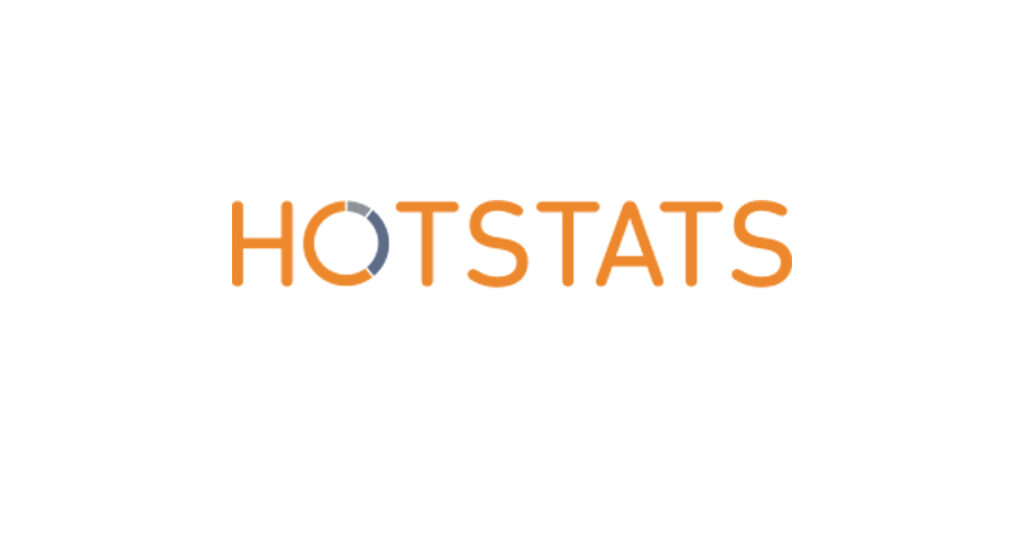Growth in RevPAR in January was slight, at just 0.6%, to £66.28, and was entirely as a result of a 0.8% increase in achieved average room rate, to £102.58, which offset the 0.2-percentage point drop in room occupancy to 64.6%.
And despite the drop in volume, hotels in the UK successfully recorded increases in Non-Rooms Revenues, including Food and Beverage (+1.1%) and Conference and Banqueting (+6.0%), which contributed to the 0.8% increase in TrevPAR, to £103.86.
However, hotels in the UK struggled to turn a profit in any department, illustrated by the 0.5% decline in profit per room recorded in the Rooms Department, to £44.86. As the most profitable department of the hotel, Rooms is the stalwart of the operation; however, increases in Rooms Expenses (+6.8%) and Rooms Payroll (+3.1%), wiped out the increase in Rooms Revenue and led to the January profit drop.
Profit & Loss Key Performance Indicators – Total UK (in GBP)
January 2018 v January 2017
RevPAR: +0.6% to £66.28
TrevPAR: +0.8% to £103.86
Payroll: + 0.5 pts to 35.3%
GOPPAR: -3.9% to £26.10
Overall, looking at the operation overall, the growth in TrevPAR was cancelled out by rising costs, which included a 0.5 percentage point increase in Payroll, to 35.3% of total revenue, as well as a 0.4-percentage point increase in ‘Overhead’ costs.
As a result of the movement in revenue and costs, GOPPAR at hotels in the UK fell by 3.9% year-on-year to £26.10 in January. This was equivalent to a profit conversion of 25.1% of total revenue and well below the average for the rolling 12 months at 38.5% of revenue.
“January was the sixth consecutive month in which hotels in the UK have recorded a year-on-year decline in room occupancy,” says Pablo Alonso, CEO of HotStats. “I’m not sure it’s time to start panicking just yet as the drop has been fairly minor. However, with a record number of additions to supply anticipated in London and the Regions in 2018, margins really need to be monitored.
“Moreover, escalating Payroll costs should be a key concern for hotel owners, operators and investors, with further increases in the National Living Wage set for April 2018 and net migration levels falling to their lowest level since records began, stifling a major source of labour in the hospitality industry.”
In contrast to the UK overall, hotels in Cardiff successfully recorded an increase in room occupancy of +2.6-percentage points to 67.1%, but it was at the expense of a 1.9% decline in achieved average room rate, to £69.00, which was the lowest rate recorded at hotels in Cardiff since January 2016.
During periods of low demand, such as January, and outside of the key events calendar in the city and at the Principality Stadium, room rate at hotels in Cardiff is highly price sensitive, illustrated by the rate recorded this month in the Corporate (£63.61) and Leisure (£64.77) segments at the hotels polled.
And despite recording a reasonable level of growth in RevPAR, profit per room at hotels in Cardiff also succumbed to rising costs in January.



